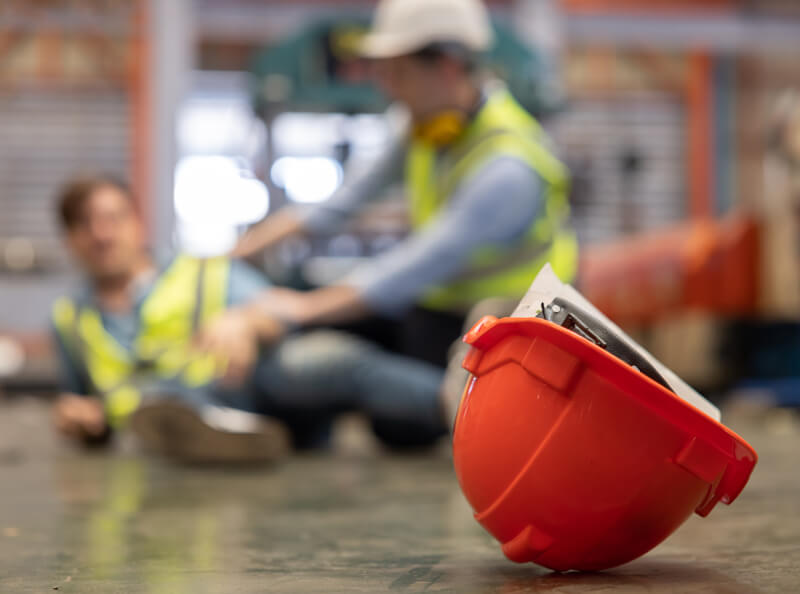Enter
Keywords
Enter
Keywords
Enter
Keywords

The Health and Safety Executive (HSE) has revealed that work-related ill health is responsible for 32.5 million working days lost annually, and the number of workers suffering from it is increasing. The HSE's statistics showed that in 2020/21, 1.7 million workers suffered from work-related ill health, a rise of 300,000 people since 2017/18. The majority of work-related deaths arise from health problems, with 13,000 deaths each year estimated to be linked to past exposure at work.
These health risks are a major contributor to work-related ill health, resulting in significant working days lost, and businesses need to take them seriously to prevent harm to their employees.
Hand Arm Vibration Syndrome (HAVS) is a condition caused by prolonged use of vibrating hand-held machinery. It can cause painful and disabling disorders of the blood vessels, nerves, and joints. And, like other conditions on this list, it can take years to develop.1900 new cases of HAVS were reported in 20/21.
HSE Summary statistics for Great Britain 2021 pg.4
Workers in construction, engineering, and manufacturing are most at risk. But any worker using vibrating tools is at risk.
You might think that these conditions only affect those in manual jobs, but that's not the case. Teachers, office workers, and those in the service industry can all be at risk of developing a work-related condition.
Why is it important to know about work-related health risks?
Preventing accidents is important, but so is preventing work-related health conditions. Every employer has a legal duty to protect their employees' health and safety.
Failing to manage health risks at work can lead to employees suffering from long-term health conditions, pain, and suffering. It can also lead to absences and reduced productivity, and even early retirement. In turn, this can impact businesses financially, and damage their reputation.
So, it's important to recognize that health and safety at work isn't just about preventing accidents. It's also about preventing long-term health conditions that can have a serious impact on employees' lives.
Noise-induced hearing loss (NIHL) is the last item on our list but it's still a significant risk, particularly for those working in noisy industries like construction, manufacturing, and entertainment.
According to HSE statistics, there are approximately 17,000 people in the UK suffering from deafness, tinnitus, or other hearing-related conditions caused by exposure to excessive noise at work. And, it's not just the immediate effects of noise - the damage can be cumulative and irreversible.
The Control of Noise at Work Regulations 2005 requires employers to take action to protect their workers' hearing. This can include providing hearing protection and controlling noise exposure through engineering solutions or changing work practices.
The top 5 health risks at work highlight the importance of not only focusing on safety but also the health of employees. Work-related ill health can have a significant impact on both individuals and businesses, resulting in lost productivity, increased healthcare costs, and reduced quality of life for affected workers.
Employers need to take steps to identify and manage these health risks, including providing training and education, implementing policies and procedures to reduce exposure, and promoting a culture of health and wellbeing in the workplace. By doing so, they can help to protect the health and safety of their employees and ensure a healthier, happier, and more productive workforce.
Looking for work?
Simply register now in seconds and stay informed on our latest jobs.
Register in SecondsSign up for Job Alerts
You're consenting to receive job alert emails. Unsubscribe at any time. Later you can 'Join' to create a full account to edit your preferences. Read our privacy policy for more details.
Want us to call you back?
No problem, let us know your details and we will get back to you ASAP.
What would be the best time to call?
Please note these times are not guaranteed.